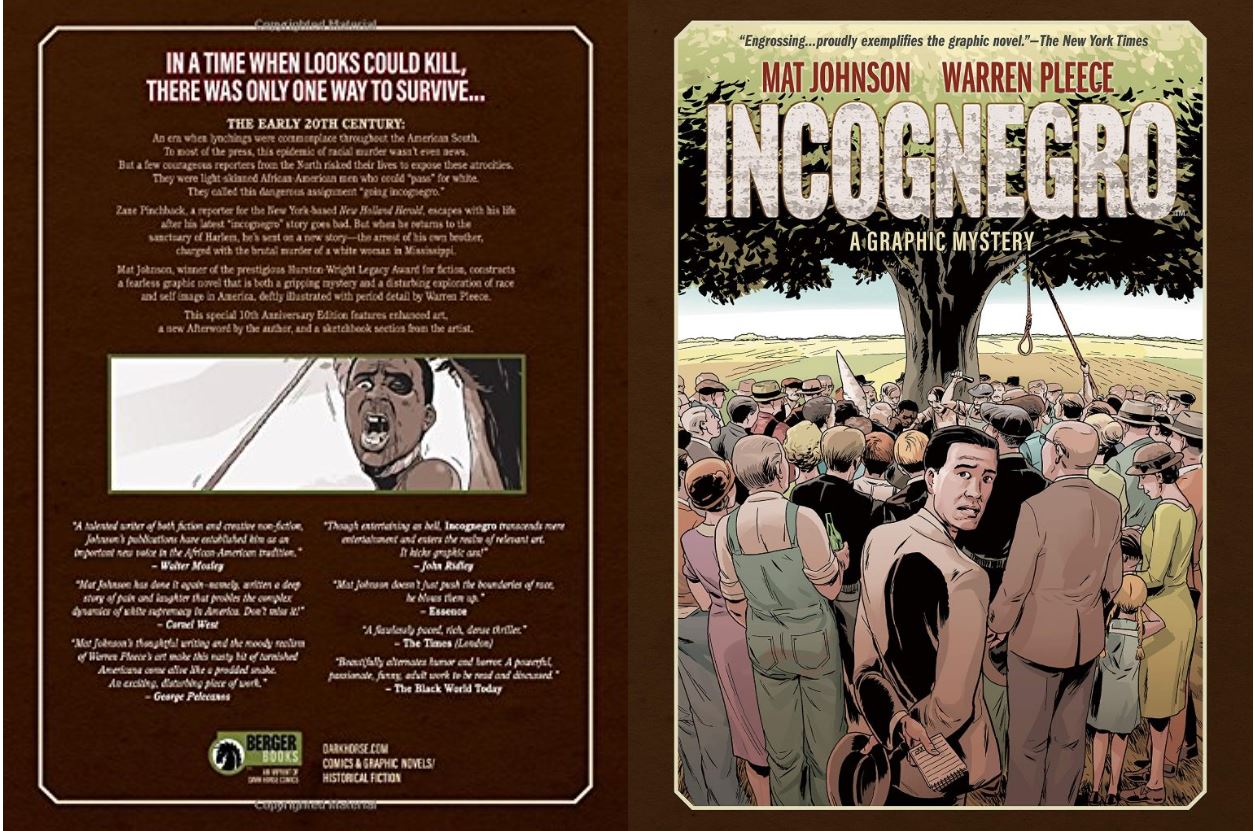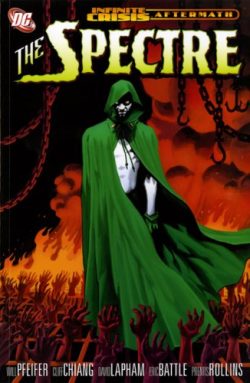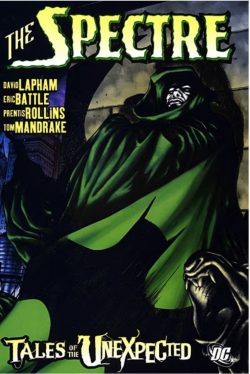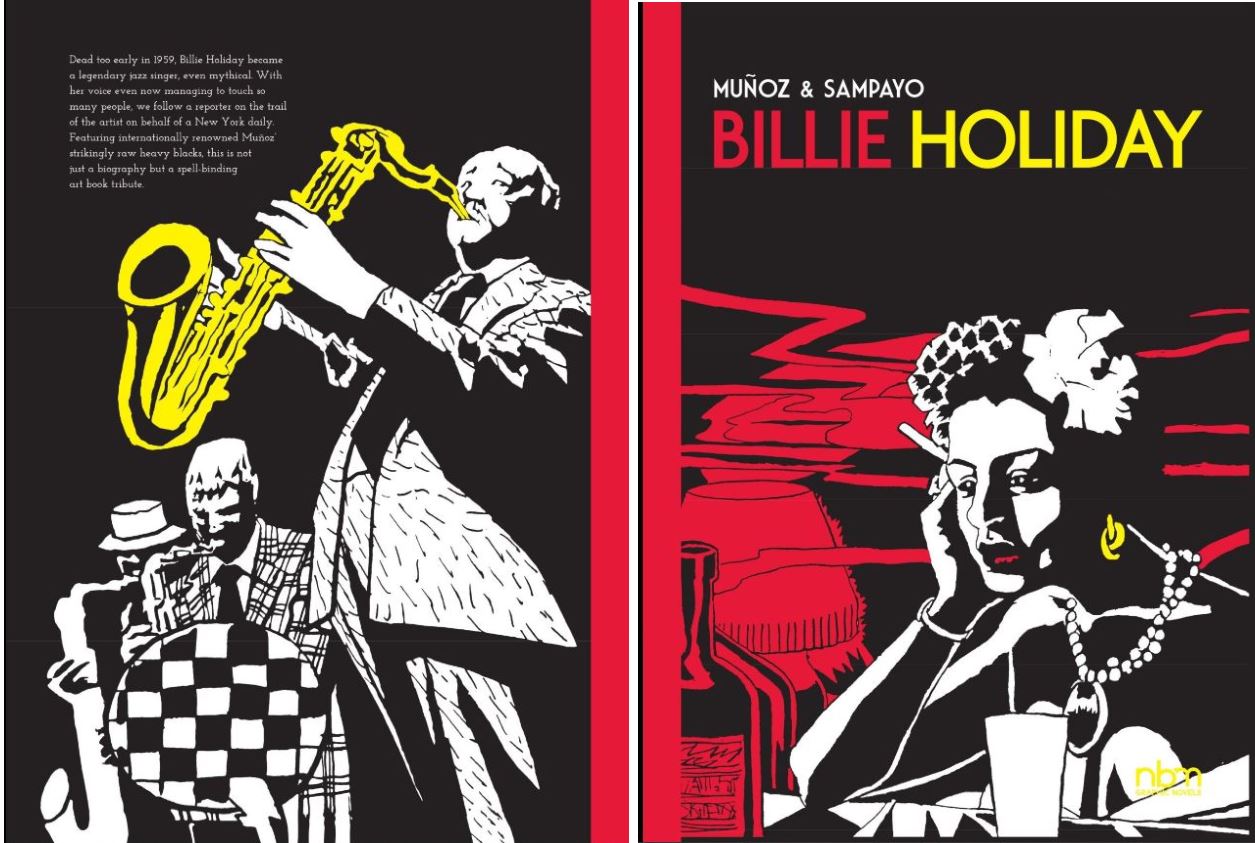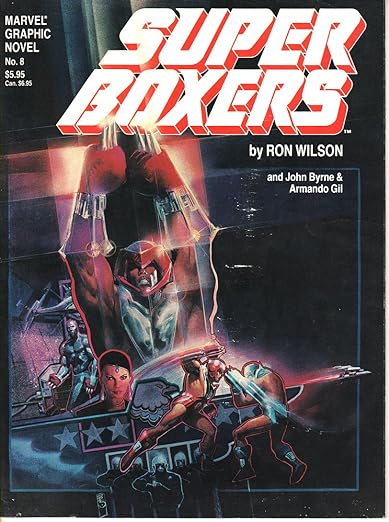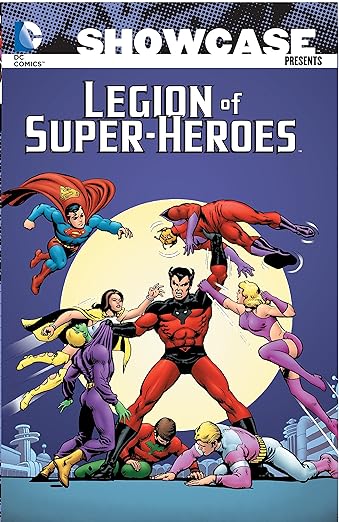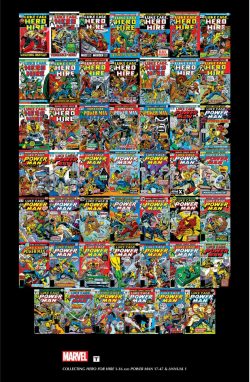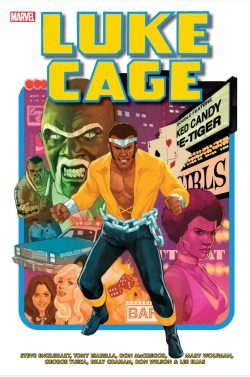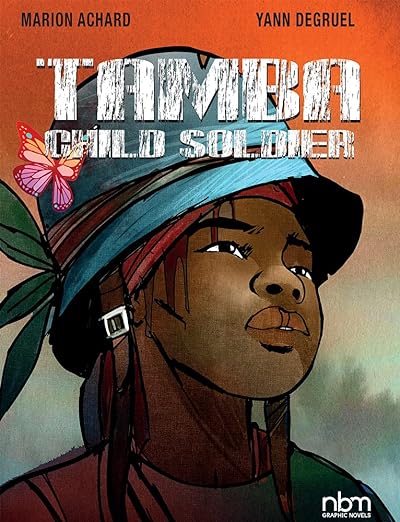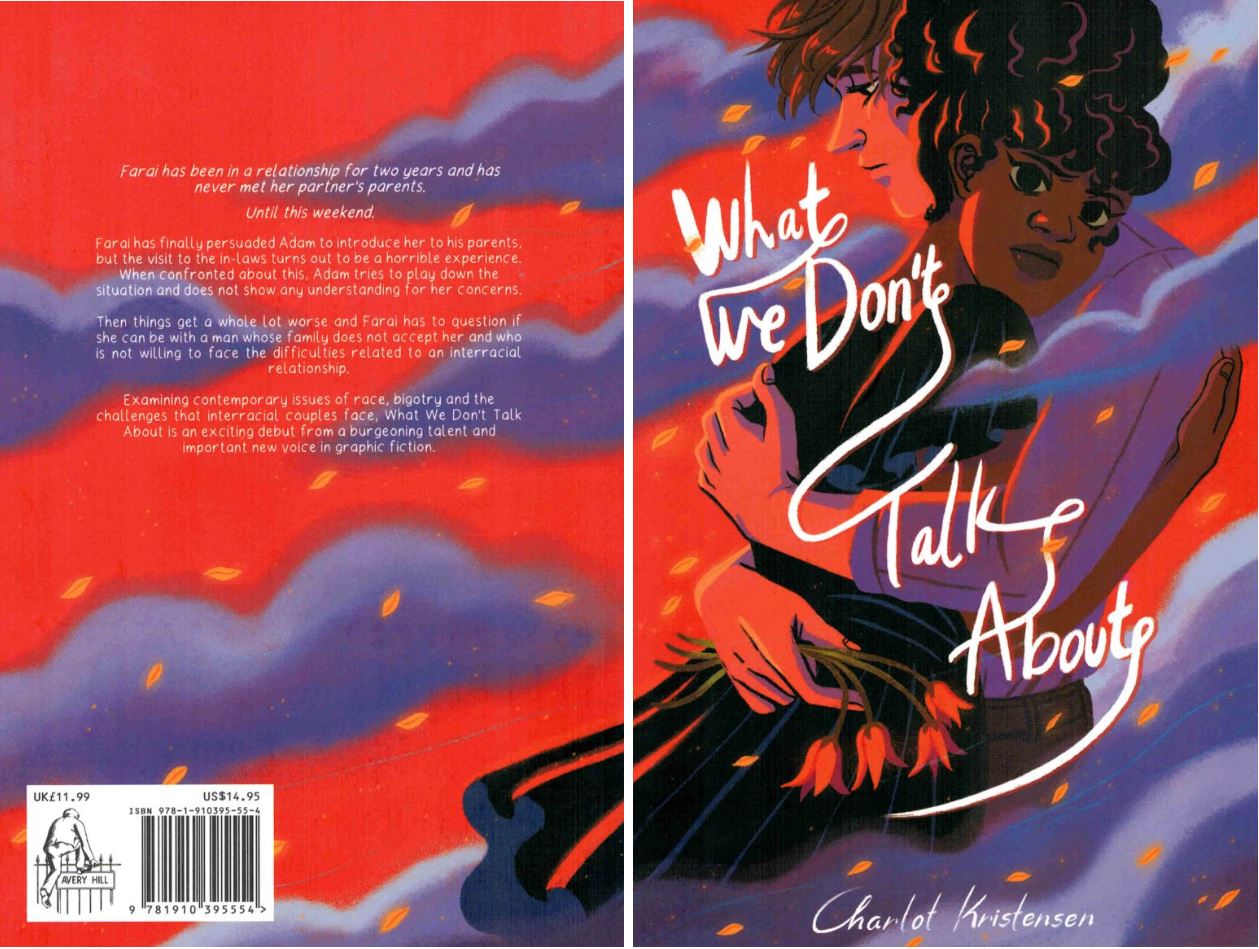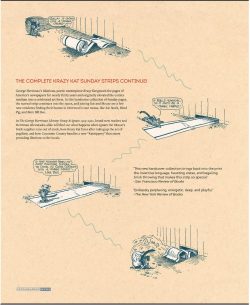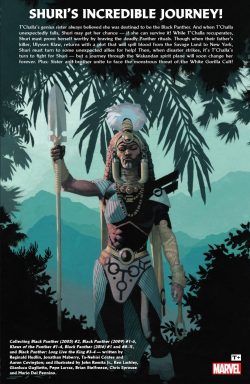
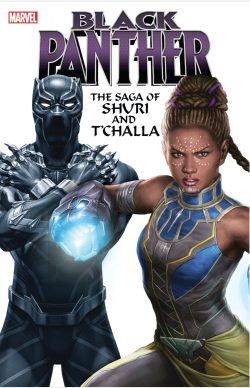
By Reginald Hudlin, Jonathan Mayberry, Ta-Nehisi Coates, Aaron Covington, John Romita Jr., Ken Lashley, Gianlucca Gugliotti, Pepe Larraz, Brian Stelfreeze, Chris Sprouse, Mario Del Pennino, Klaus Janson, Paul Neary, Karl Story, Walden Wong, Goran Sudžuka, Roberto Poggi & various (MARVEL)
ISBN: 978-1302946005 (TPB/Digital edition)
The Black Panther rules over a fantastic African paradise which isolated itself from the rest of the world millennia ago. Blessed with unimaginable resources – both natural and not so much – the nation of Wakanda developed unhindered by European imperialism into the most technologically advanced human nation on Earth. It has never been conquered, with the main reason being an unbroken line of divinely-sponsored warrior kings who safeguard the nation. The other is a certain miraculous super-mineral found nowhere else on Earth…
In contemporary times that chieftain is (usually) T’Challa: an unbeatable, feline-empowered, strategic genius dividing his time between ruling at home and serving abroad in superhero teams such as The Avengers and The Ultimates beside costumed champions like Iron Man, Mr. Fantastic, Thor, Captain Marvel and Captain America…
Acclaimed as the first black superhero in American comics and one of the first to carry his own series, the Black Panther’s popularity and fortunes have waxed and waned since he first appeared in the summer of 1966. As originally created by Jack Kirby & Stan Lee T’Challa, son of T’Chaka, was an African monarch whose secretive kingdom is the only source of vibration-absorbing wonder mineral Vibranium. The miraculous alien metal – derived from a fallen meteor which struck the continent in lost antiquity – is the basis of Wakanda’s immense wealth, allowing that isolationist nation to become one of the wealthiest and most secretive on Earth. These riches enabled young king T’Challa to radically remake his country, even after he left Africa to fight as an Avenger.
For much of its history Wakanda was a phantom, utopian wonderland with tribal resources and people safeguarded and led since time immemorial by a warrior-king deriving cat-like physical advantages from secret ceremonies and a mysterious heart-shaped herb. This has ensured the generational dominance of the nation’s Panther Cult and Royal Family. The obsessively secured “Vibranium mound” guaranteed the nation’s status as a clandestine superpower for centuries, but recent times increasingly saw Wakanda a target of incursion, subversion and invasion as the world grew ever smaller. However, as crises arose, T’Challa was confident his system of Regents and his own kin could handle the load of governance.
This selective trawl highlights his interactions with his half-sister Shuri re-presenting Black Panther (volume 4/2005) #2, Black Panther (volume 5/2009) #1-6, Klaws of The Panther #1-4 (2010), Black Panther (volume 6/2016) #1 & 9, #8 & 10, 11, and Black Panther: Long Live the King (2018) #3-4: spanning cover-dates May 2005 to March 2018.
The reprise begins with ‘Who is The Black Panther: Part Two’ by Reginald Hudlin, John Romita Jr., Klaus Janson & Dean White as seen in Black Panther #2 (volume 4, May 2005) which reworked the classic origin and set-up for a new century. What began with Fantastic Four #52-53 (July & August 1966), as T’Challa launched himself on the world stage by ambushing the FF in his savage super-scientific kingdom as part of an extended plan to gain vengeance on the murderer of his father, was acknowledged but refined. Now lone mad scientist Ulysses Klaw was remodelled as a murderous agent of an international cabal, America’s NSA was acting against Wakanda, and the ritual of clan members duelling for the right to be Black Panther was reimagined to introduce an unsuspected younger sister for the King. In the war that inevitably erupted (and for which you’ll need to read a different collection – I suggest Black Panther: Who is the Black Panther?) headstrong Princess Shuri endured a hellish trail by combat all her own…
Increasingly, over decades of publishing, Vibranium made Wakanda a target for subversion and incursion. Volume 5 #1-6 (cover-dated April – September 2009) Black Panther: The Deadliest of the Species – by Hudlin, Ken Lashley & Paul Neary – confirmed changing global Realpolitik as T’Challa and his new bride Ororo embark on a goodwill tour. As a mutant – and far worse, an American – married to the king, the X-Men leader is keenly aware of her tenuous position and potential for disrupting an ancient social order. All thoughts of winning over the people are forgotten when her husband’s jet – gone for only hours on a diplomatic mission – catastrophically crashes in the heart of the city despite all the weather goddess’ efforts to slow it down…
Five hours previously the Black Panther had secretly met with regal rival Namor the Sub-Mariner to hear an invitational offer from a Cabal of world-conquerors led by former Green Goblin-turned government operative Norman Osborn. Now the adored sovereign is near death. His formidable Dora Milaje bodyguards are gone and, after being dragged from the wreckage burned and broken, T’Challa agonisingly reveals how he was ambushed before lapsing into a coma. As Queen Mother Ramonda and Shuri rush to the hospital, the ruling council are frantic: terrified the assassination attempt is prelude to invasion. Wakanda is always ready for such assaults, but that was with a healthy Black Panther. Right now, they are spiritually defenceless. Even though the king is not quite dead, his Ministers advocate activating protocols to create a new Panther warrior – but the question is who will succeed?
Hours ago, after Namor departed, a far less friendly potentate accosted T’Challa as he left the conference. Dr. Doom is also a member of the Cabal and took the Panther’s refusal to join the club very, very badly. Back in the now-desperate meetings and Ororo’s refusal to undertake the mystic rituals result in Shuri being reluctantly assigned – over her own mother’s strenuous protests – the role of Black Panther Apparent. As T’Challa’s sister it’s a role she was destined for, but one her brother seized decades ago. At that time, she was being schooled in the West when Ulysses Klaw claimed her father’s life. With cruel circumstance demanding nothing less, the boy took the initiative, the role and responsibility of defending the nation.
Thus, after years as an irrelevant spare, the flighty jet-setter is asked to take up a destiny she now neither wants nor feels capable of fulfilling. She is especially afraid of the part of the ceremony where she faces the Panther God and is judged…
T’Challa cannot reveal how the battle with Doom ended in brutal defeat and imminent death, or how his valiant Dora Milaje gave their lives to get his maimed body in the jet and home via auto-pilot. He is unable to even stay alive and, when the world’s greatest doctors abandon hope, Ramonda convinces Queen Ororo to try something terrible and very ancient instead…
Despite pervasive secrecy bad news travels fast. Across the continent adherents of the Panther Cult’s theological antitheses revel in Wakanda’s misfortune. Smug, gleeful worshippers of rival cults prepare arcane rituals to finally destroy their enemies and – in a place far removed from the world -T’Challa awakes to meet his dead bodyguards once more…
In an isolated hut Queen and Queen Mother bicker with sinister shaman Zawavari. The wizard claims to be able to bring T’Challa back but gleefully warns the price will be high. Thanks to years of constant training, Shuri has no problem with the physical rigours of the Panther Protocols and foolishly grows in confidence. Far away, Wakanda’s enemies succeed in summoning terrible Morlun, Devourer of Totems – wholly unprepared for the voracious horror to consume them before turning his attention to more distant theological fodder. In Limbo, a succession of dead friends and family subtly, seductively seek to convince T’Challa his time is past and that he must lay down his regal burdens…
As Morlun ponderously makes his way to Wakanda – stopping only to destroy other petty pantheons such as the master of the Man-Ape sect – Death continues her campaign to con T’Challa into surrendering to the inevitable and Shuri faces her final test.
It does not end well. The Panther God looks through her, declaring Shuri pitifully unworthy to wear the mantle or defend Wakandan worshippers. Despondent, she is ignominiously despatched back to the physical world just as her sister-in-law lands in Limbo, sent by Zawavari to retrieve her husband from Death’s clutches. Ororo doesn’t want to tell T’Challa it is their last meeting. The price of his safe passage back is her becoming his replacement…
In the world of the living, Morlun is at Wakanda’s borders, drawn inexorably to T’Challa’s (currently vacant) physical form. The beast is utterly invulnerable to everything in the nation’s arsenal and leaves a mountain of corpses behind him. With armageddon manifesting all about them, the Royal Family and Ruling Council are out of options until Zawavari points out an odd inconsistency. The price for failing to become Wakanda’s living totem has always been instant death, but Shuri, although rejected, still breathes…
Realising both she and her country have one last chance, the latest Black Panther goes out to battle the totem-eater whilst in the Country of the Dead T’Challa and Ororo resolve to ignore the devil’s bargain and fight their way back to life. And as both hopeless battles proceed, Ramonda and Zawavari engage in a last-ditch ploy which will win each war by bringing all combatants together…
After one all-out attack culminating in Doctor Doom seizing control, recuperating T’Challa was forced to render all Vibranium on Earth inert, defeating the invader but leaving Wakanda broken and economically shattered. During the cataclysmic clash, once-flighty, Shuri fully took on the role of Black Panther: clan and country’s champion whilst her predecessor recovered from post-fatal injuries and struggled with the disaster he had deliberately caused.
Packed with guest-stars, Klaws of the Panther was a 2010-2011 4-part fortnightly miniseries that traced her progress through the Marvel Universe: striving to outlive a wastrel reputation, serve her country and the world whilst – crucially – defeating a growing homicidal rage increasingly burning inside her. Written by Jonathan Mayberry, with art by Shawn Moll & Walden Wong, the story starts with ‘Honor’ as the Panther Champion brutally repels an invasion by soldiers of Advanced Idea Mechanics: simply the latest opportunist agency attempting to take over diminished Wakanda.
With her brother and Queen Storm absent, Shuri is also de facto ruler of the nation, but faces dissent from her own people as embarrassing reports and photos of her days as a billionaire good-time girl continually surface to stir popular antipathy to her and the Panther clan. When opportunist G’Tuga of the outlawed White Gorilla sect challenges for the role of national champion, Shuri treats the ritual combat as a welcome relief from insurmountable, intangible problems but has badly misjudged her opponent and the sentiment of the people…
That last bit was a prelude from Age of Heroes #4 and the Klaws of the Panther graphic novel. I’ve included it for context as it inexplicably is omitted here. This book opens with the main event by Mayberry, Gianluca Gugliotta & Pepe Larraz already underway with ‘Savage Tales’ as Shuri is lured to fantastic dinosaur preserve the Savage Land, in hope of purchasing a supply of anti-metal (a Vibranium isotope) but instead uncovering a deadly plot by AIM and sentient sound-wave Klaw. The incredible fauna of the lost world has been enslaved by the Master of Sound – who murdered Shuri and T’Challa’s father in an earlier attempt to seize ultimate power – and the villain has captured the region’s protector Ka-Zar whilst seeking to secure all Savage Land Vibranium for his nefarious schemes. Klaw, however, only thought he had fully compensated for the interference of Shuri and Ka-Zar’s formidable spouse Shanna the She-Devil…
Driven by lust for vengeance, Shuri almost allows Klaw to destroy the Savage Land with only the timely intervention of sister-in-law Storm preventing nuclear armageddon in ‘Sound and Fury’, after which the Panther seeks out Wolverine in outlaw haven Madripoor, looking for help with her anger management issues. Once again, AIM attacks, attempting to steal the rogue state’s stockpile of Savage Land Vibranium, but instead walks into a buzzsaw of angry retribution…
Shuri is extracting information from a surviving AIM agent in time-honoured Wakandan manner when Klaw appears, hinting at a world-shattering plan called “The Scream” which will use mystery device M.U.S.I.C. to utterly remake Earth…
Following another furious fight, the Panther gains the upper hand by using SLV dust, but squanders her hard-won advantage to save Wolverine from certain death. Knowing the planet is at stake, Shuri accepts the necessity for major-league assistance in ‘Music of the Spheres’ but sadly the only hero in Avengers Tower is relatively low-calibre Spider-Man. Reluctantly she takes the wisecracking half-wit on another raid on AIM, at last catching a break when one of Klaw’s AIM minions reveals the tragic secret of the horrific M.U.S.I.C. device…
All this time, Black Panther has had a hidden ally in the form of tech specialist Flea: providing intel from an orbiting spaceship. Now the full truth is revealed as the heroes find Klaw’s plans centre on an attack from space. The maniac intends to destroy humanity from an invulnerable station thousands of miles above the planet and nothing can broach the base’s incredible defences. Happily, Spider-Man and Captain America Steve Rogers know the world’s greatest infiltration expert and ‘Enter the Black Widow’ sees Earth’s fate turning on an all-or-nothing assault by the icily calm Panther and the world’s deadliest spy.
Cue tragic sacrifice, deadly combat, spectacular denouement, reaffirmed dedication and a new start for the ferociously inspired and determined Black Panther…
Despite initially being rejected by the Panther Spirit, Shuri proved a dedicated and ingenious protector, updating, innovating and serving with honour until she perished defending Wakanda from Thanos in crossover events Infinity and Time Runs Out. When T’Challa inevitably resumed his position as warrior-king, one of his earliest and most urgent tasks was resurrecting his sister: task made a little easier as he had gained the power to talk to his deceased predecessors as Wakanda’s King of the Dead.
He learned Shuri had passed into the Djalia (the people’s communal Spiritual Plane of Memories) and absorbed the entire history of the nation from ascended Elders. On her return to physicality, she gained mighty new powers as the Ascended Future…
Since then – thanks to the equally formidable magic of a bravura role in a blockbuster movie – a slightly reimagined Shuri starred in her own series, blending established comics mythology with the fresh characterisation of a spunky, savvy, youthful super-scientist. The start of that transition came with Black Panther volume 6. Here Wakanda’s status and its vibranium tech were fully restored in time for further immense changes instigated by correspondent turned author Ta-Nehisi Coates (Between the World and Me) and designer/illustrator Brian Stelfreeze (Batman: Shadow of the Bat, Day Men).Again reading complete collections for the full story will pay off best, but salient moments first seen in Black Panther (volume 6) #1 & 8-11 here reveal the next stage in the evolving sibling relationship. As ever, Vibranium has ensured the nation’s secret superpower status but makes Wakanda target for subversion and incursion. Addressing real world political unrest in Africa’s oldest surviving kingdom and Earth’s most advanced (human) nation, Coates & Stelfreeze see T’Challa reclaim the throne ceded to his sister before global catastrophe, economic collapse and consecutive invasions wrought havoc amongst the Wakandans.
As he strives to reassure his aggrieved subjects at the Great Mound, a moment of indiscipline from his guards sparks disaster. As T’Challa faces striking miners, a gesture is misinterpreted and his security team fires into the crowd. Only the Black Panther’s senses detect the presence of another influence shaping emotions and triggering an escalating clash that explosively erupts. Meanwhile, in Burnin Zana: The Golden City of Wakanda another crisis brews. A member of his elite Dora Milaje acts beyond her station; punishing a local chieftain’s abusive treatment of wives and daughters with uncompromising finality. Now, for taking the law into her own hands, Aneka must die…
Near the Nigandan Border, super-powered rebels take stock. “The People” are fomenting violent change in Wakanda using ancient sorcery, unsuspected connections to the palace and the fervent dream of a new nation. Aneka’s resolve to face her fate bravely is challenged and swiftly withers when comrade-in-arms and lover Ayo explosively breaks her out of jail. Wearing stolen Wakandan cybernetic war-armour, the women head into the wilds, seeking nothing but freedom but all too soon are diverted by the plight of abused women they continually encounter.
As the furious fugitives punish the awful ravages of malevolent bandits, rogue chiefs and typical husbands, emancipated women flock to their bloody banner. Wakanda’s growing civil war finds itself faced with a third passionate, deadly faction ready to die for their cause…
And in a place supposedly far removed from the cares of the world, recently deceased Queen Shuri is challenged by a mysterious stranger in The Djalia. Shuri is not destined for peace or rest but has a task to finish if the spirits of her ancestors are to be believed…
Tragically, as the opposing forces and ideologies converge in a very earthly hiding hole, the extremely rich white man funding much of the chaos gloats and further refines his grand scheme and T’Challa acts at last to resurrect his sister…
Jumping to #8 and following the defeat of the plotters – thanks to aid from Luke Cage, Misty Knight, teleporting mutant Manifold and estranged wife/former queen Storm – the King completes his interrupted task, recalling Shuri back from ancestral heaven in time to jointly end the rebellions, crush the threat of The People and usher in a new era of democracy and constitutional monarchy. Of course, as deliciously delineated by Chris Sprouse, Karl Story, Walden Wong, Goran Sudžuka, Roberto Poggi & Laura Martin, that struggle for the heart soul and consensual governance of the reunited tribes of Wakanda is spectacular and costly…
Ending the mystery history tour is the last half of 2018 miniseries Black Panther: Long Live the King (2018), with #3-4 – ‘Keep Your Friend Close parts 1 & 2’ – spanning cover-dates May 2005 to March 2018. A revised peek at T’Challa’s formative years by Aaron Covington, illustrator Mario Del Pennino, and colourist Chris O’Halloran, it sees the siblings united and the nation endangered by old friends, rogue robots and the White Gorilla cult…
With covers by Esad Ribi?, J. Scott Campbell & Edgar Delgado, Mike Del Mundo, Brian Stelfreeze & Laura Martin, Khary Randolf & Emilio Lopez, plus variants by Ken Lashley, Paul Neary & Paul Mounts, Mitch Breitweiser, Stephanie Hans, Alex Ross, Olivier Coipel and Ryan Sook, this is a large but slight, immensely readable introduction to a rich, vast and complex world: a full-on rollercoaster ride no fan of Fights ‘n’ Tights fantasy can afford to be without.
© 2016 MARVEL. All rights reserved.

